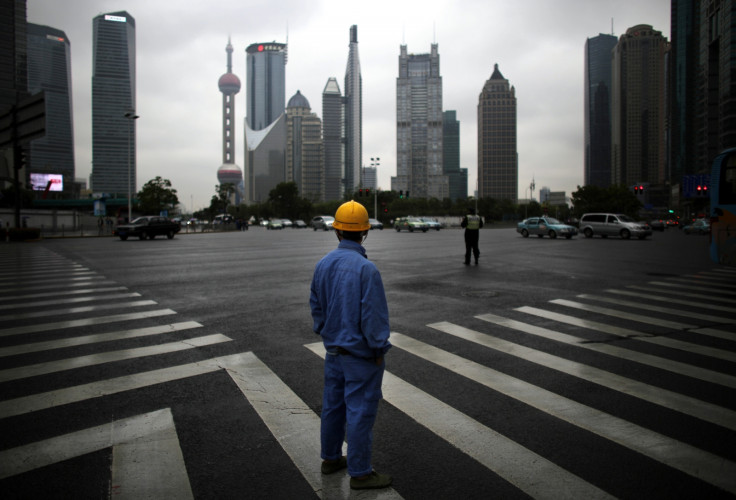Outlook for China's banking system is stable: Moody's
But banks' asset quality metrics will probably deteriorate in line with China's slower growth rate.

Moody's expects the overall credit profile of Chinese banks to be largely stable over the next 12-18 months.
Moody's, in a report published on 19 January, said that recent policy developments in the world's second-largest economy will have a "profound impact on driving Chinese banks' operating, financial and support parameters over a horizon that would start as early as, but will clearly go beyond, the coming 12-18 months."
Moody's rates 15 commercial and three policy banks in mainland China.
Operating environment
On the banks' operating environment, Moody's said its baseline scenario assumes that China's real GDP growth will slow to just below 7% in 2015, and will dip further in 2016.
The recent shifts towards more accommodative monetary and credit policies will help stop the decelerating trend in the credit cycle and maintain broad credit growth in the range of 15% to 20%.
Bank credit will expand in the range of 10% to 15%.
However, overall financial leverage -- as measured by total credit to nominal GDP -- will probably exceed 200% in 2015; indicating a rising level of repayment risk for the system, Moody's warned.
Bad loans
Problem loans from the realty sector may start to rise from a low base if the downturn in the property market continues.
The banks' asset quality metrics will probably continue deteriorating, in line with China's slower growth rate.
Problem loans will continue to originate from mostly private sector borrowers in cyclical industries such as manufacturing and trading, along with mid-sized and small borrowers.
Problem loans from the realty sector may start to rise from a low base if the downturn in the property market continues, Moody's added.
Christine Kuo, a Moody's Vice President and Senior Credit Officer said: "Our stable outlook reflects our assessment that, on balance, the developments in monetary policy, financial supervision and market reform will help stabilize banks' operating environment, their liquidity and their capital, but could also pressure their profitability, asset quality and support assumptions, over the next 12-18 months."
Equities rout
Meanwhile, in China, equities suffered their biggest one-day percentage drop since 2008 on 19 January, dragged down by financial stocks, after regulators moved to arrest speculative trading.

The benchmark Shanghai Composite index tanked 7.7% on 19 January while the DJ Shanghai share average tumbled 7.28%.
The plunge erased some $315bn (€272bn, £208bn) of market value from the Shanghai stock exchange, Reuters reported.
Brokerages were hit after China's securities regulator pulled up several firms for illegal operations in their margin trading; while banks were hit after the banking regulator published draft rules to increase supervision of entrusted loans, a shadow banking product.
Stimulus
Last week, Beijing announced fresh stimulus for China following dismal bank lending and foreign investment growth data. The central bank said it will lend 50bn yuan ($8bn) to banks at discounted rates to allow them to re-lend the money to small businesses and farmers - areas of the economy that are typically short of cash.
The 18 Chinese banks that Moody's rates together accounted for 67% of the nation's total banking system assets at end-2013.
© Copyright IBTimes 2025. All rights reserved.






















